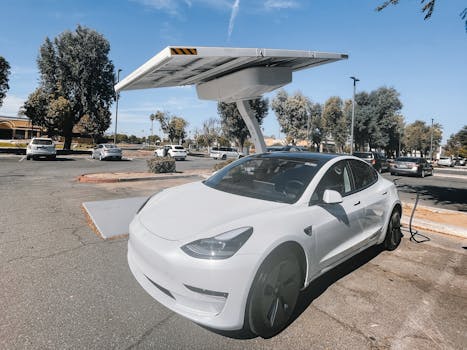
Smart Cities: Urban Trends for 2025
Smart Cities, the concept of creating more efficient, livable, and sustainable cities, is becoming increasingly popular. With the rise of technology and innovation, cities are now able to leverage data and digital tools to improve the quality of life for their citizens. In this article, we will explore the latest urban trends for 2025, from smart infrastructure to sustainable transportation.
Introduction to Smart Cities
A Smart City is a city that uses information and communication technology (ICT) to enhance the quality of life for its citizens, create a more sustainable environment, and improve the efficiency of its infrastructure. The concept of Smart Cities is based on the idea of creating a more livable, workable, and sustainable city, where technology and innovation are used to solve real-world problems.
Urban Trends for 2025
So, what are the latest urban trends for 2025? Here are some of the most significant trends that are shaping the future of cities:
- Smart Infrastructure: Cities are investing heavily in smart infrastructure, including smart grids, smart transportation systems, and smart buildings. These systems use data and sensors to optimize energy use, reduce traffic congestion, and improve public safety.
- Sustainable Transportation: With the rise of electric and self-driving vehicles, cities are now focusing on creating more sustainable transportation systems. This includes investing in green infrastructure, such as bike lanes and pedestrianized streets, and promoting the use of public transportation.
- Green Spaces: Cities are recognizing the importance of green spaces, such as parks and gardens, in creating a more livable and sustainable environment. These spaces not only provide a place for recreation and relaxation but also help to reduce air pollution and mitigate the urban heat island effect.
- Smart Governance: Cities are now using data and digital tools to improve governance and decision-making. This includes using data analytics to monitor and evaluate the performance of city services, and engaging with citizens through digital channels to improve participation and transparency.
Case Studies
So, how are cities around the world implementing these urban trends? Here are a few case studies:
- Barcelona, Spain: Barcelona has invested heavily in smart infrastructure, including a smart grid and a smart transportation system. The city has also created a number of green spaces, including the famous Park Güell.
- Singapore: Singapore has implemented a number of sustainable transportation initiatives, including a comprehensive public transportation system and a network of bike lanes. The city has also invested in green infrastructure, such as rooftop gardens and green walls.
- Copenhagen, Denmark: Copenhagen has set a goal of becoming carbon neutral by 2025 and is investing heavily in green infrastructure, including wind turbines and green roofs. The city has also created a number of bike-friendly streets and has implemented a congestion charge to reduce traffic congestion.
Conclusion
In conclusion, the concept of Smart Cities is becoming increasingly popular, and cities around the world are now leveraging technology and innovation to create more efficient, livable, and sustainable environments. From smart infrastructure to sustainable transportation, there are many urban trends that are shaping the future of cities. As we look to 2025, it will be exciting to see how cities continue to evolve and improve the quality of life for their citizens.






